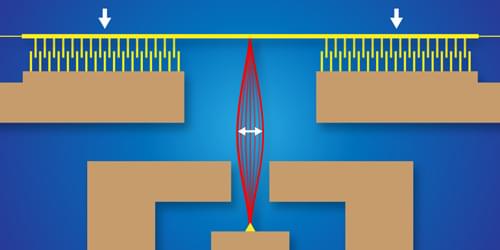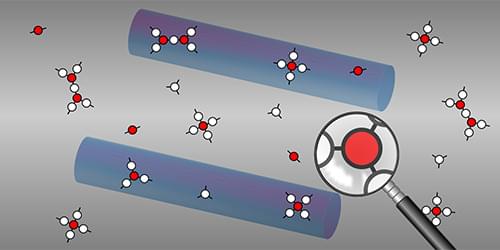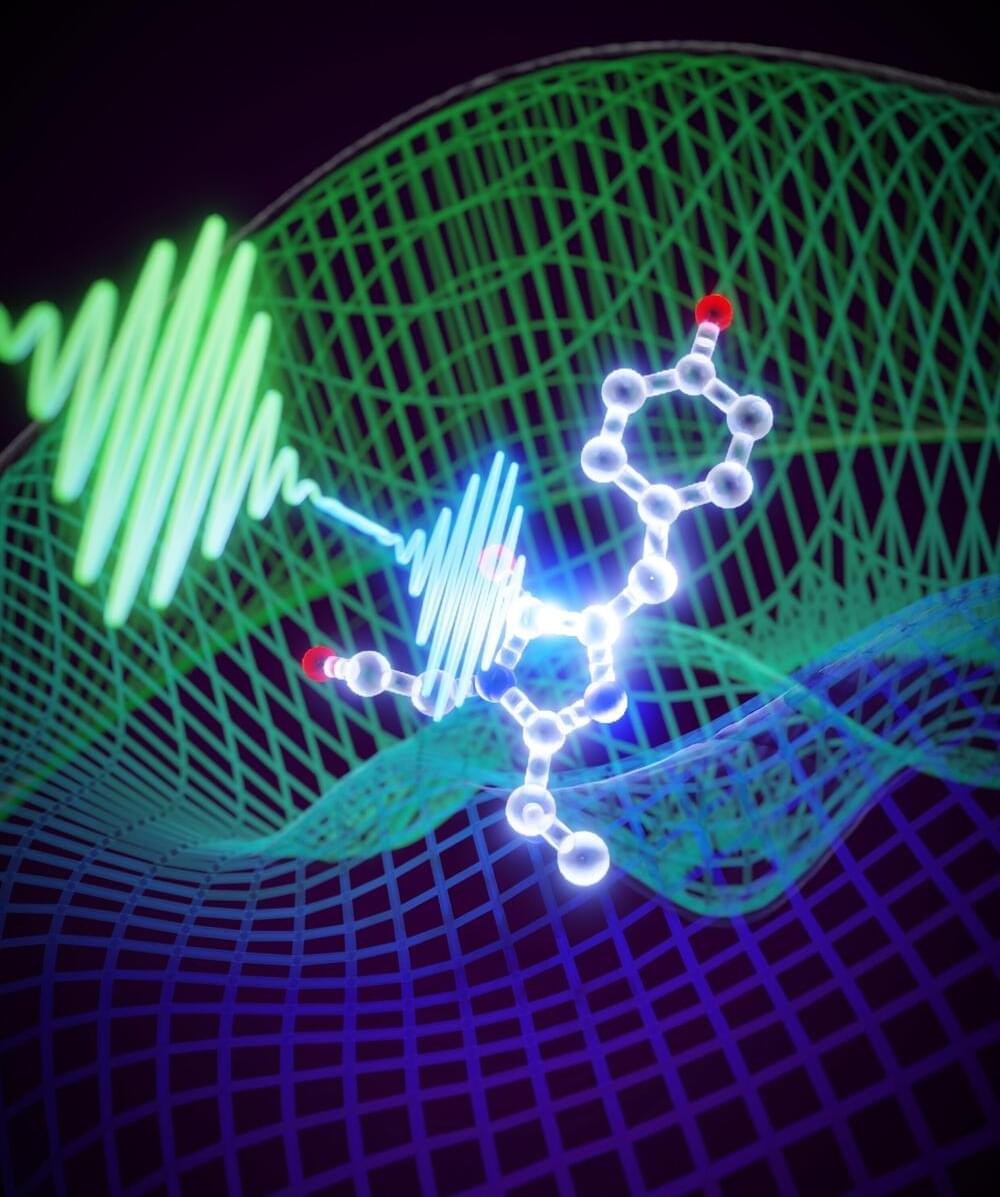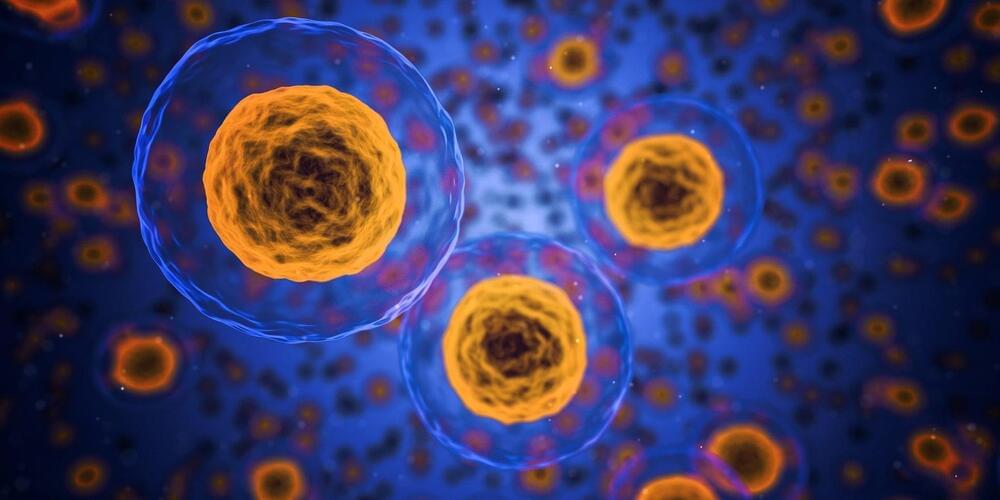An electromechanical device allows researchers to control and study how a nanoscale beam buckles when compressed.
The buckling of a column or other structural element is typically something that engineers want to avoid, but a new device offers a way to control this type of deformation on microscopic scales. The design combines small actuators and circuits that generate mechanical and electrostatic forces on a nanoscale beam, causing it to buckle to the left or to the right. By manipulating the beam’s deformation, researchers may be able to harness buckling for sensitive detectors or for testing the relationship between thermodynamics and computing.









